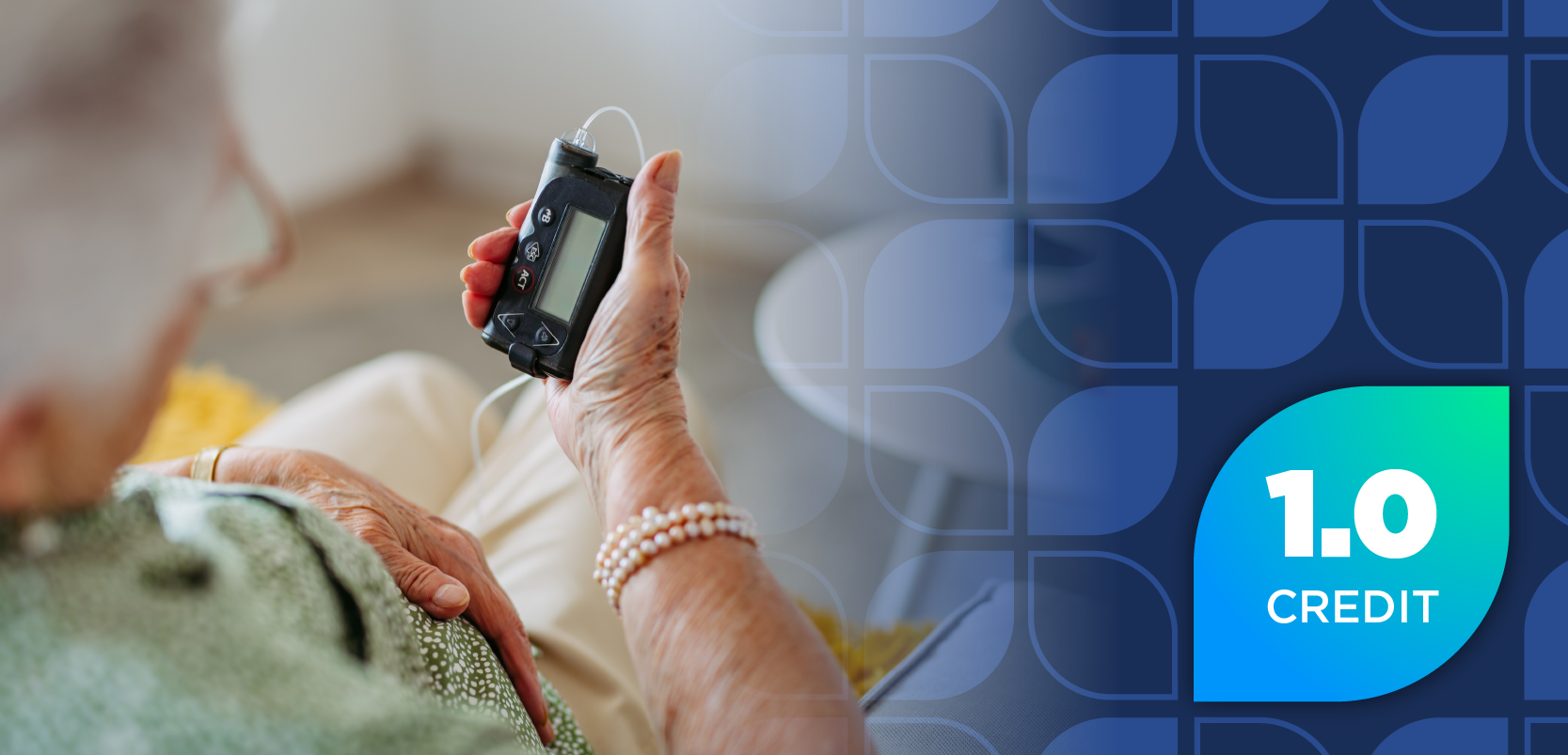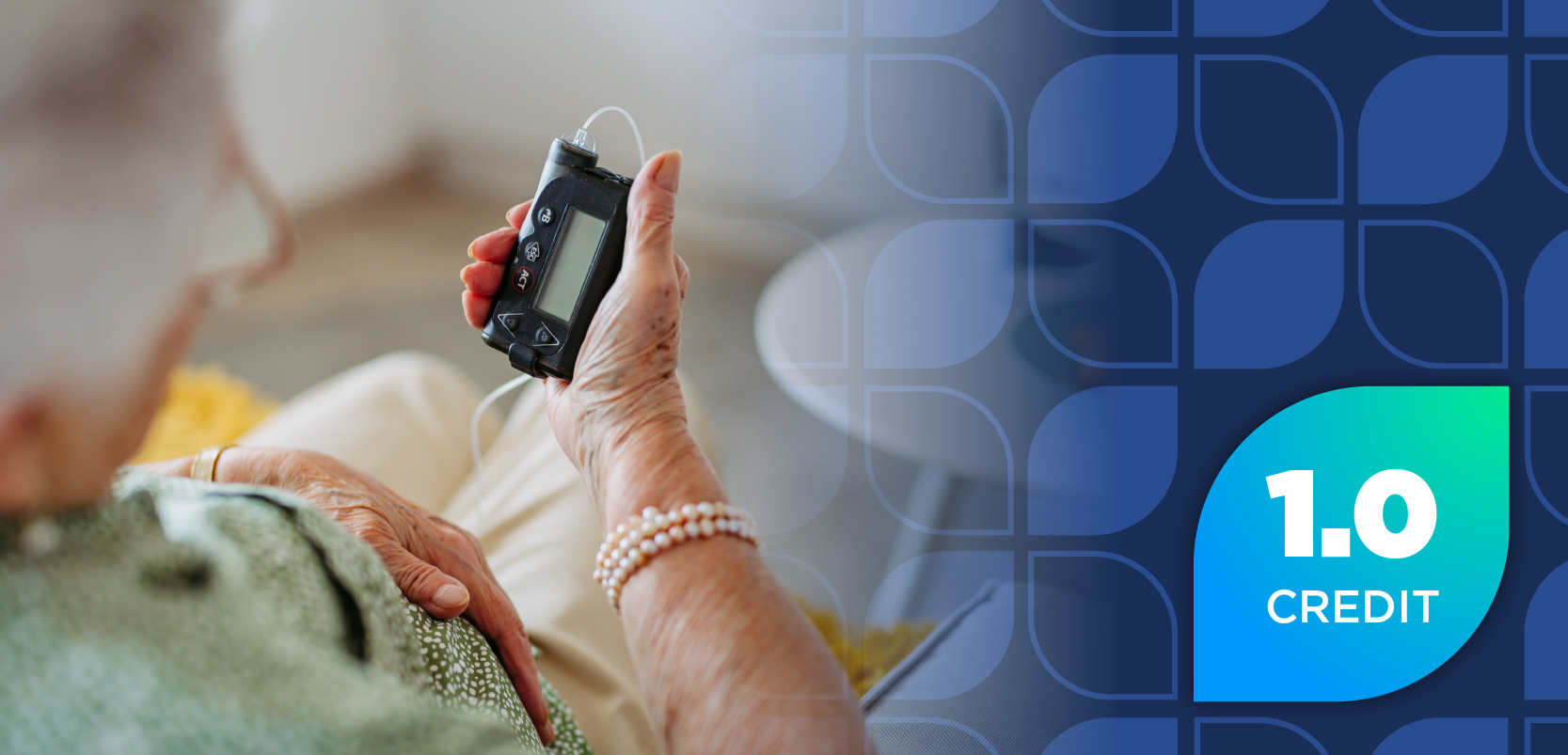
Comparative Real-World Effectiveness of Rituximab vs Cladribine in Relapsing-Remitting Multiple Sclerosis
Key Takeaways
- Rituximab demonstrated superior efficacy over cladribine in controlling disease activity and improving disability outcomes in RRMS over 4.5 years.
- The study showed a significant reduction in new MRI disease activity and relapse rates with rituximab compared to cladribine.
Study reveals rituximab outperforms cladribine in managing RRMS, showing superior disease control and improved disability outcomes.
In the changing landscape of relapsing-remitting multiple sclerosis (RRMS), decisions around aggressive treatments rest on clinical trial data as well as real-world effectiveness and safety. A Norwegian observational cohort study, using a target trial emulation framework, offers compelling data when comparing rituximab (Rituxan; Genentech) and cladribine (Mavenclad; Merck KGaA), 2 agents often reserved for more aggressive disease presentations. Over a median follow-up of 4.5 years, rituximab demonstrated superior capabilities in controlling disease activity and improving disability outcomes, with a larger safety profile compared with cladribine.1
This study analyzed data from 285 patients with RRMS that came from 2 geographically distinct university hospitals. Each had its own treatment preference: Haukeland University Hospital (rituximab) and Oslo University Hospital (cladribine). The treatment assignment was largely based on patient residence, allowing for a quasi-random allocation and lessening selection bias.1 By using scores that match for things like age, sex, disease duration, past treatments, MRI marks, disability score, and relapse history, the team was able to emulate a randomized trial within observational data.1
The primary end point, new MRI disease activity over 4 years, clearly supported rituximab. The total rate was 17% (95% CI: 11–23) for those on rituximab versus 57% (95% CI: 44–66) for those on cladribine, showing an absolute risk difference of about 40 percentage points (95% CI: 28–50).1 Those treated with rituximab were free from new MRI activity for an average of 16.8 months longer than those on cladribine. Also, rituximab conferred significant reductions in relapse rate and treatment discontinuation: 6% versus 17% relapse risk (RD ≈ 12 percentage points) and 7% versus 21% discontinuation risk (RD ≈ 15 percentage points), once more in favor of rituximab.1
Apart from disease control, the disability outcomes were also better with rituximab. The change in disability did not differ between the 2 groups, but the number of patients with disability improvement was higher for those on rituximab, 21% compared with 4%. This shows a risk difference of about 18% (95% CI: 4–29).1 Those using rituximab also had a much better chance (odds ratio of 15.9, 95% CI: 3.8–92.4) of achieving NEDA-3 status (no evidence of disease activity). Biomarker analysis showed that serum glial fibrillary acidic protein (GFAP), which may signal disease progression, was much lower in the rituximab group, while neurofilament light chain levels were similar in both groups.1
Data showed that the number of patients in the hospital for adverse effects was comparable: 6 out of 100 people per year for rituximab and 4.1 out of 100 for cladribine. More people who took rituximab were hospitalized for COVID-19 (16 vs 2). This shows they might get sick easier or were watched more closely during the pandemic period. No deaths were reported, and the number of other infections was similar for both groups.1
In summary, this real-world comparative study supports rituximab as a more efficacious treatment option compared with cladribine for reducing radiologic disease activity, lowering relapse rates, improving disability outcomes, and achieving NEDA-3 over long-term treatment, with comparable safety. These insights, drawn from real-world practice, provide valuable guidance for clinicians weighing treatment options in RRMS. Future randomized controlled trials, such as the ongoing NOR-MS (NCT04121403), are needed to confirm these findings in fully randomized cohorts.1,2
REFERENCE
1. Rød BE, Høgestøl EA, Torkildsen Ø, et al. Comparative effectiveness of rituximab and cladribine in relapsing-remitting multiple sclerosis: A target trial emulation. Mult Scler. 2025;31(8):975-984. doi:10.1177/13524585251342727
2. Norwegian Study of oral cladribine and rituximab in multiple sclerosis (NOR-MS) (NOR-MS). Updated December 16, 2024. Accessed August 19, 2025. https://clinicaltrials.gov/study/NCT04121403
Newsletter
Stay informed on drug updates, treatment guidelines, and pharmacy practice trends—subscribe to Pharmacy Times for weekly clinical insights.





















































































































































































































